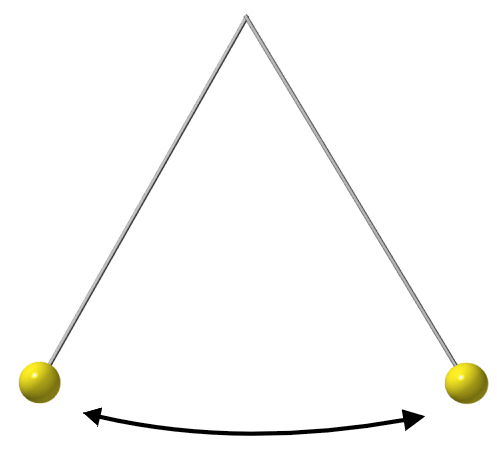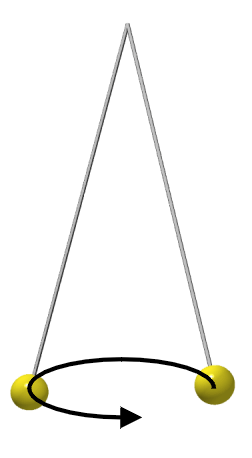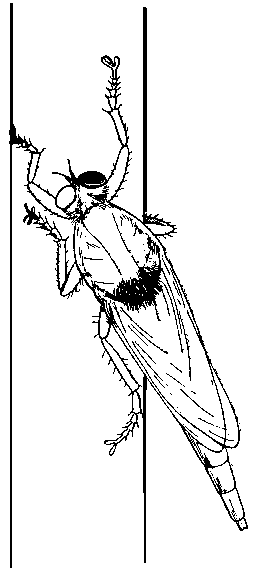
|

|

The Pulfrich Effect is an optical illusion in which an object which is moving in a plane parallel to the viewer's forehead seems to move out of that plane and to approach (or recede from) the viewer. To cause the illusion, it is necessary only to dim the light reaching one eye, for example by means of one sunglass lens or a smoked piece of glass. This illusion is stereoscopic: It occurs only when the moving object is being viewed with both eyes.
The classical demonstration of the Pulfrich Effect is by a swinging pendulum. The pendulum is swung back and forth; when viewed normally with both eyes, the pendulum just seems to swing back and forth. When a filter is placed in front of one eye, the pendulum suddenly seems to be swinging in an ellipse parallel to the floor. Dimming the light equally to both eyes does not cause the illusion. If the pendulum already is swinging in an ellipse, dimming the light to one eye changes the shape of the ellipse.

|

|
| Alfred Lit: | Adapted from Lit (1960). |
| J. M. Williams: | Adapted from doctoral dissertation (1980). |
Back to Pulfrich Effect Home. University Privacy Policy
The Pulfrich Effect, SIU-C. Last updated 2004-09-30